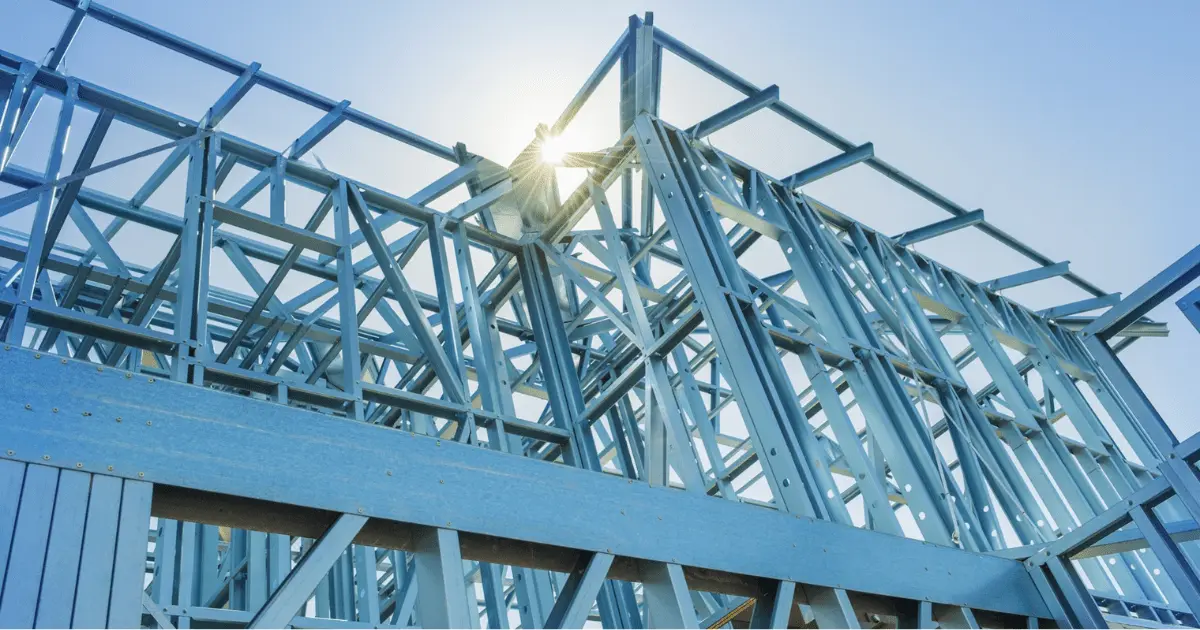Steel Structure-
December 26, 2023
What is The Advantage of Steel Structure?
Steel offers several advantages as a construction material, making it a popular choice in various industries. Here are some key advantages of using steel:
Strength and Durability:
- Steel is known for its exceptional strength, allowing for the construction of structures with high load-bearing capacity. It is durable and can withstand extreme weather conditions, making it suitable for long-lasting applications.
Versatility:
- Advantage of Steel is a versatile material that can be used for a wide range of construction purposes, including buildings, bridges, pipelines, and more. Its adaptability makes it suitable for various architectural designs and engineering solutions.
Speed of Construction:
- Steel Structures can be prefabricated off-site, allowing for faster construction compared to traditional methods. This can lead to significant time savings in the overall project timeline.
Cost-Effectiveness:
- While the initial cost of steel can be higher than some other materials, its long-term cost-effectiveness often outweighs the upfront expenses. The durability and low maintenance requirements of steel structures contribute to cost savings over the life of the construction.
Design Flexibility:
- Steel’s strength-to-weight ratio allows for the creation of large, open spaces without the need for excessive columns or support structures. This flexibility in design enables architects and engineers to create innovative and aesthetically pleasing structures.
Recyclability:
- Steel is highly recyclable, making it an environmentally friendly material. Recycled steel retains its strength, and using recycled steel in construction helps reduce the demand for new raw materials.
Resilience to Natural Forces:
- Steel structures are resistant to many environmental factors, including earthquakes, hurricanes, and fire. The material’s strength and ductility contribute to its ability to withstand and absorb energy from these forces.
Consistency and Predictability:
- Steel structures typically have lower maintenance costs compared to other materials. They are resistant to pests, decay, and deterioration, reducing the need for frequent repairs or replacements.
Low Maintenance Requirements:
- Steel structures typically have lower maintenance costs compared to other materials. They are resistant to pests, decay, and deterioration, reducing the need for frequent repairs or replacements.
Modularity and Prefabrication:
- Steel components can be prefabricated off-site, leading to improved precision and quality control. This modularity allows for easy assembly and disassembly, making it suitable for temporary structures or projects with changing requirements.
Energy Efficiency:
- Steel’s thermal conductivity allows for efficient heating and cooling in buildings. Additionally, advances in coatings and insulation materials further enhance the energy efficiency of steel structures.
These advantages collectively make steel a preferred choice for various construction projects, from residential buildings to large-scale infrastructure. The material’s combination of strength, durability, versatility, and sustainability contributes to its widespread use in the construction industry.



